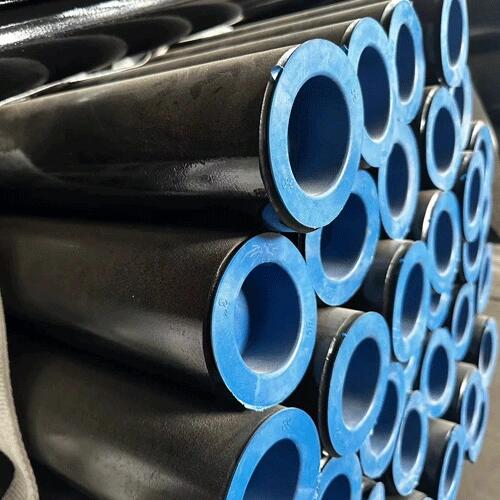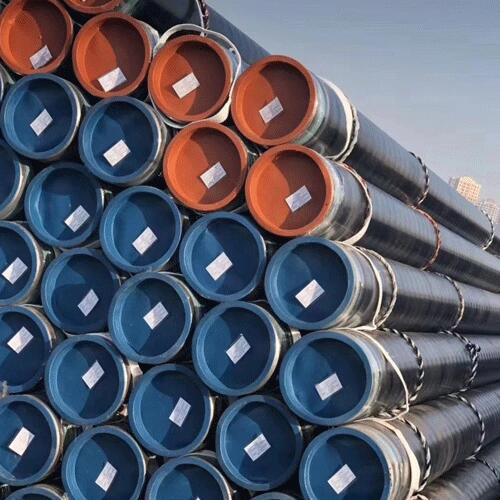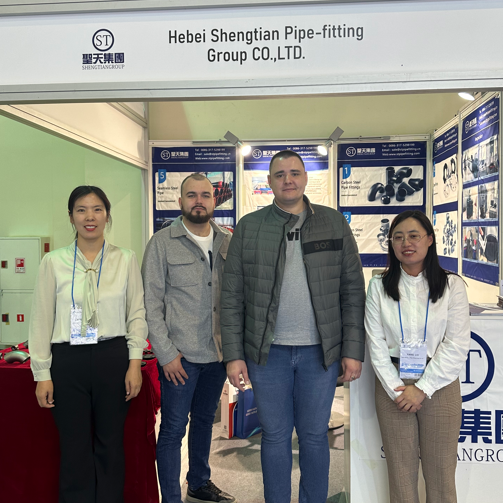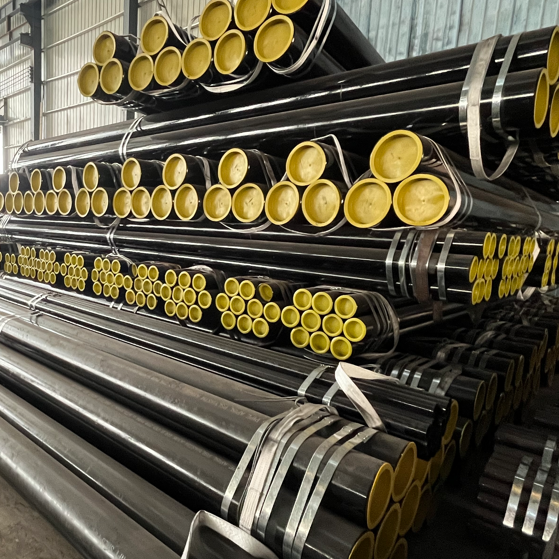Steel pipe manufacturers introduce to you the causes and adjustments of uneven wall thickness of ASTM A199 steel pipes:
1. The causes of uneven spiral wall thickness are uneven wall thickness due to incorrect rolling center line of the piercing machine, unequal inclination angles of the two rollers, or too small front pressure reduction of the top. Generally, the wall thickness is uneven along the entire length of the ASTM A199 steel pipe. Spiral distribution. During the rolling process, the uneven wall thickness caused by the premature opening of the centering roller, improper adjustment of the centering roller, and jitter of the ejector pin are generally distributed in a spiral along the entire length of the steel pipe.
Measures: Adjust the rolling center line of the piercing machine to make the inclination angles of the two rollers equal, and adjust the pipe rolling machine according to the parameters given in the rolling table. In response to this situation, adjust the opening time of the centering roller according to the exit speed of the capillary tube. Do not open the centering roller too early during the rolling process to prevent the ejector from shaking and causing uneven wall thickness. The centering roller opening needs to be adjusted appropriately according to the change in capillary diameter, and the capillary runout should be taken into consideration.
2. Cause of uneven linear wall thickness: The height of the mandrel pre-threading saddle is not adjusted properly. The mandrel contacts the capillary tube on a certain side during pre-threading, causing the temperature of the capillary tube to drop too fast on the contact surface, resulting in uneven wall thickness or even Pull-out defects. The gap between continuous rolling rollers is too small or too large. Pipe rolling machine centerline deviation. The uneven reduction amount of single and double frames will cause the linear symmetry deviation of the steel pipe in the single frame direction (extra thick) and the double frame direction (extra thick). If the mortar is broken and the gap between the inner and outer rollers is large, it will cause a linear asymmetrical deviation of the steel pipe. Improper adjustment of continuous rolling, stacking steel, and steel drawing rolling will cause uneven linear wall thickness.
Measures: Adjust the height of the mandrel pre-piercing saddle and ensure the centering of the mandrel and capillary tube. When changing the pass type and rolling specifications, the roll gap should be measured to make the actual roll gap consistent with the rolling table. Use the optical centering device to adjust the rolling center line, and correct the center line of the pipe rolling machine during the annual overhaul. The machine frame with broken mortar should be replaced in time, and the internal and external roll gaps of the continuous rolling rollers should be measured. If there is any problem, replace it in time. During continuous rolling, steel drawing and steel stacking should be avoided.
3. Causes of uneven wall thickness at the head and tail: The front end of the tube blank is cut at an inclination, the bend is too large, and the centering hole of the tube blank is incorrect, which can easily cause uneven wall thickness at the head of the steel pipe. When piercing, the elongation coefficient is too large, the roller speed is too high, and the rolling is unstable. Unstable steel throwing by the punching machine can easily cause uneven wall thickness at the end of the capillary tube.
Measures: Check the tube blank to prevent the front end of the tube from being cut at an angle or having a large amount of depression. The centering hole should be corrected when changing the hole type or performing maintenance. Use a lower piercing speed to ensure rolling stability and uniformity of capillary wall thickness. When the roller speed is adjusted, the matching guide plate is also adjusted accordingly. Pay attention to the use status of the guide plate and increase the inspection of the guide plate bolts to reduce the movement of the guide plate during steel rolling to ensure stable steel.
ASTM A199 Seamless steel pipes are produced using an extrusion mold. Welded steel pipes are produced by rolling a sheet of steel into a tube and welding the seam. Seamless steel pipes are less expensive. The third method is casting. Molten steel is poured into a casting mold.
 Why should Seamless steel pipes be epoxy powder coated?
Why should Seamless steel pipes be epoxy powder coated?
 ASTM A106 Thick-walled steel pipe production steps
ASTM A106 Thick-walled steel pipe production steps
 Shengtian Group successfully participated in the Russian Oil and Gas Exhibition
Shengtian Group successfully participated in the Russian Oil and Gas Exhibition
 Is API 5L Black Steel Pipe Good For Air Lines?
Is API 5L Black Steel Pipe Good For Air Lines?